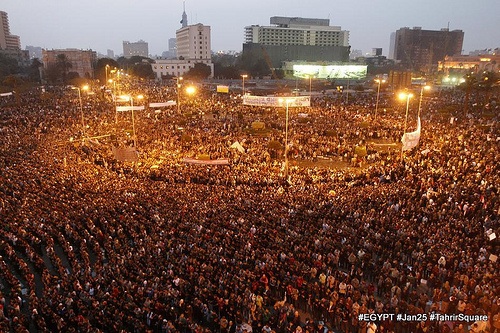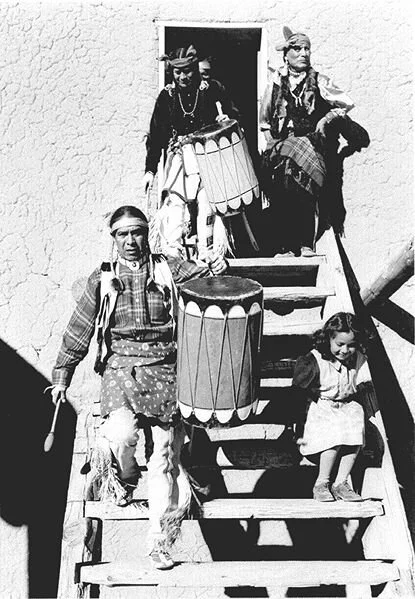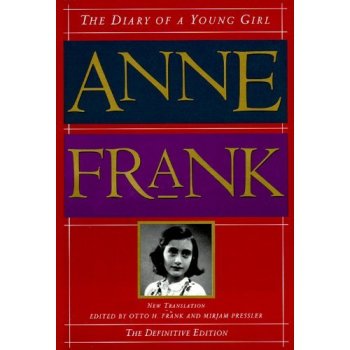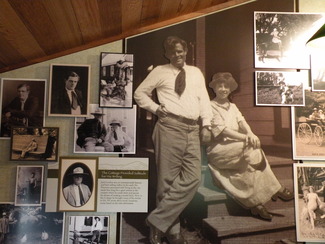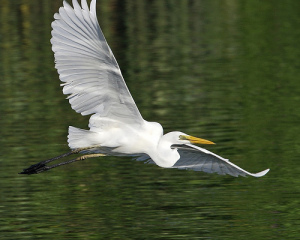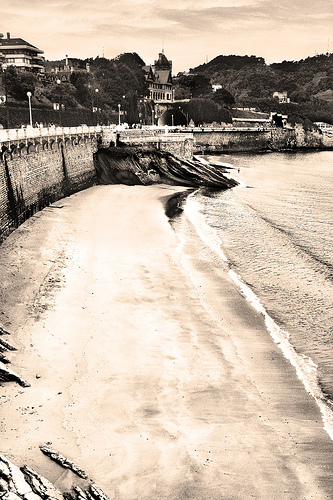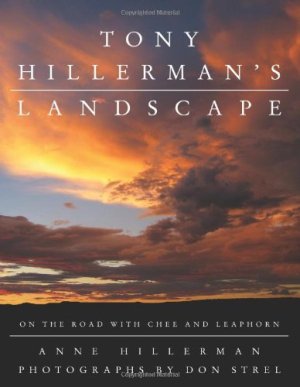by Elyn Aviva
When we told an English friend that we were going to Wales for a few weeks, he looked at us with undisguised pity.
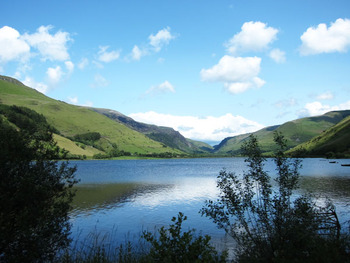 “Bring your own food,” he urged.
“Bring your own food,” he urged.
“Surely you’re joking!” I replied with a laugh.
He shook his head grimly. “Trust me. Bring your own food.”
I have celiac disease, and finding gluten-free (GF) restaurant food can be a challenge—even in countries renowned for their cuisine. I must stay away from wheat, barley, rye, kamut, and spelt in all forms, including bread and flour. What travails would await me in Wales, I could only imagine.
Filled with foreboding, my husband, Gary, and I headed off to Wales to do research for our “Powerful Places Guidebooks” series. Late at night we arrived in Cardiff, capital of Wales, and headed to our B&B. Actually, it was a “B” with only one “B”: bed. Our host offered us an alternative to a homemade breakfast: discount coupons for breakfast at the hotel across the street.
The next morning, we strolled over to the hotel’s unprepossessing side entrance, pushed the door open, and walked on faded carpet to the shabby dining room. Plates displaying the gritty remains of congealed eggs, burnt toast, and greasy bacon were piled on the tables. Hesitantly, we approached the barren breakfast buffet. The plastic cereal bins were nearly empty, and the bowl of fruit salad held nothing but a few wrinkled orange slices stuck to the bottom. Apparently, we had missed the early morning breakfast rush. Judging by the unappetizing remains, it was just as well. We began to worry. Maybe our friend had been correct about Welsh food.



